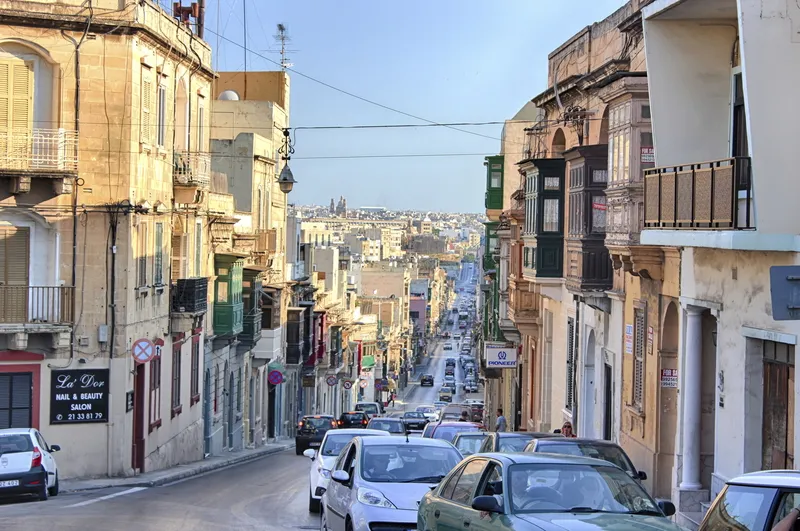
TRL Software has rolled out a new digital pavement asset management system for Transport Malta.
Malta, an island nation in the Mediterranean, south of Sicily, will use TM Roads to enhance the coordination of road works.
The solution is a customised version of TRL’s off-the-shelf, cloud-based asset management software, iRoads, and will be used as part of Malta’s broader 'Reshaping Our Mobility' strategy.
TM Roads is a digital, centralised system designed to streamline communication between government bodies, utilities, contractors and the public.
TM Roads is modular, which TRL says makes it "perfect for local authorities managing a phased integration of multiple solutions into a single cloud-based Software as a Service platform that gives them huge efficiency savings".
Subu Kamal, head of product for TRL Software, says: “Our technology is designed to remove inefficiencies and empower infrastructure managers with the data they need to make faster, better decisions.”
Malta’s transport minister Dr Chris Bonett says TM Roads is “an important step in a wider chain of solutions we are working towards".
Kurt Farrugia, CEO of Transport Malta, says the platform will improve communication with the public while reducing inconvenience to residents by providing timely, accurate information about upcoming works and permits.
A version of iRoads, called P-AMS, is used by National Highways to manage England’s strategic road network and there are similar implementations in the Middle East, Asia, and Europe, TRL says.









